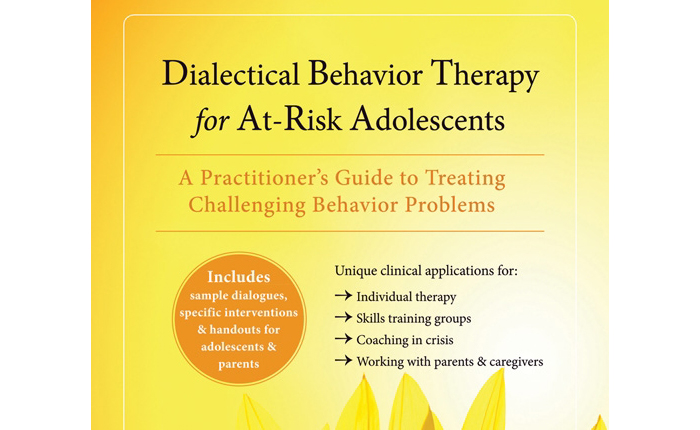Dialectical Behavior Therapy (DBT), developed by Marsha Linehan to teach clients emotional regulation and coping skills, was first used with adult patients who responded to emotional pain with self-harming mechanisms, like cutting, engaging in intentionally dangerous behaviors, or attempting suicide. Today we’re taking a look at how DBT helps teens and adolescents develop healthier coping skills and responses to emotional duress and discover new ways to work through their pain.
DBT is particularly effective among the adolescent population. Adolescence is naturally a period of emotional highs and lows, and because teenagers have limited experience to inform their perspectives, an event that may seem manageable to an adult can be completely overwhelming for them. Lacking the larger context that we all develop as we grow, it can be extremely difficult for a teen to recognize the temporary nature of emotional pain. In that moment, the pain is all there is, and seeing a way out can seem overwhelming and impossible. The core message of DBT, then, is incredibly effective because it’s not just a suicide intervention protocol; it’s a broad set of skills that teaches clients to explore their emotions, learn how to regulate and respond to them, and gives them the tools to achieve the lives they want to lead.
Among adolescents, suicide is the third leading cause of death in the United States, behind accidental injury and homicide (CDC, 2010). The number of adolescents who self-harm is even higher. The distinction between suicidality and self-harming behavior is an important one to make. Those who engage in self-harming behaviors do so to regulate their emotions, relieve or distract themselves from pain, or to stimulate a pain-relief response within the body; the behaviors are deliberate acts used to inflict damage, but there’s no real or immediate desire to die. On the other hand, suicidal adolescents do have that urge.
In order for a clinician to effectively assess these behaviors, he or she needs to look at:
-
The lethality of the self-harming or suicidal behavior
-
Risk factors for suicide, such as prior attempts, history of family suicide, sexual promiscuity, or the presence of mental illness in the patient or family members
-
The patient’s desire to die versus his or her reasons for living
-
The function of the self-harming or suicidal behavior, its antecedents, and the contingencies that maintain it
-
Diagnosis of comorbid conditions
-
External stressors or life circumstances
-
Access to means of suicide
Once the behaviors have been assessed, self-harming or suicidal adolescents can engage in skills training to learn how to manage their emotions in a healthier way. The 5 core skills of DBT—mindfulness, distress tolerance, emotion regulation, the middle path, and interpersonal effectiveness—all come into play when treating this population. Mindfulness teaches these teens to experience emotion without acting on it, thus building in a delay to self-harming behavior; distress tolerance teaches alternatives to self-harm, and how to deal with self-harm impulses; emotional regulation allows the adolescent to learn about, control, and understand painful feelings; the middle path ensures that black-and-white thinking is minimized to allow the adolescent to recognize that things are not “all bad” or “all good”; and interpersonal effectiveness skills show adolescents how to have their needs met and behave in ways that promote self-respect, thus minimizing feelings of worthlessness or despair and getting on the path to recovery.


 2024 Peace Playbook: 3 Tactics to Avoid Clashes with Your Partner
2024 Peace Playbook: 3 Tactics to Avoid Clashes with Your Partner